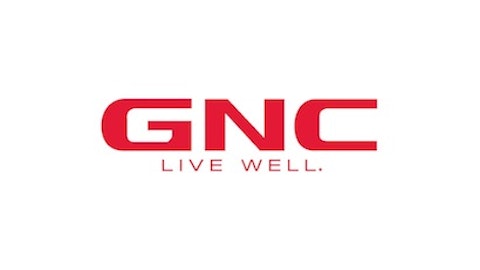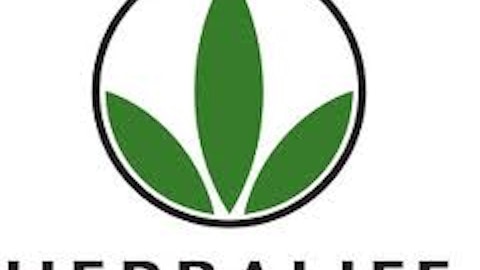At Level 1, Distributor D1 earns $20 for hiring D2 and D3 (recruiting reward) and $10 for two retail sales to R1 and R2.
At Level 2, Distributor D2 and D3 earns $20 each as recruiting rewards and $10 each for retails sales.
At Level 3, Distributors D4, D5, D6 and D7 earns $20 each as recruiting rewards and $10 each for retail sales.
At Level 4 or the final level, Distributors D8, D9, D10, D11, D12, D13, D14, D15 earns $5 each for retail sales and nothing for recruiting rewards.
The following table summarizes above outcome
| Recruiting Rewards | Retail Earnings | |
| Level 1 | $20 | $10 |
| Level 2 | $40 | $20 |
| Level 3 | $80 | $40 |
| Level 4 | $0 | $40 |
| Total Recruiting Rewards = $140 | Total Retail Earnings = $110 |
Clearly, Recruiting rewards for this scheme are greater than retail rewards. In the above example, I have gone till four levels only. However, for any number of levels >1, the outcome will always be recruiting rewards greater than retail earnings. Does this makes above MLM company a ponzi or pyramid scheme causing great harm to its participants? The answer is No.
All participants gained in the above scheme. Participant at Level 1, 2 and 3 made $30 each. Participants at Level 4 made $5 each. Although participants at Level 4 didn’t make as much as other levels, they did made money as there was no exorbitant fees to join the MLM.
The MLM company made 22 retail sales of $35 each or $770 in revenues. It gave $250 in recruiting and retail rewards, incurred $330 in product costs and netted $190 in profit before tax.
The MLM Company mentioned above is a 100% legitimate business with genuine customer base. So, clearly Bill Ackman’s argument that if recruiting rewards are greater than retail sales than the MLM company is a pyramid scheme is flawed. This is not a sufficient condition to conclude that an organization is a pyramid scheme. (In fact this is not even a necessary condition for a pyramid organization. I can give examples to show that, leave your contact details/email in comments below in case you are interested).
The issue of internal consumption
One of the assumptions I have taken in the above case is that 100% of sales are outside the network. Will internal consumption change anything?
The issue of internal consumption is an interesting one and there have been a lot of debate going on it. Tupperware Brands Corporation (NYSE:TUP), which is another MLM company, has put a detailed white paper on its website which describes two kind of MLM organizations “Sell and Earn” and “Save and Consume”.
“Sell and Earn”
An organization in which participant’s main aim is to sell the product and earn commissions.
“Save and Consume”
An organization in which participant’s main aim is to obtain discount on the products which they are buying.
“Sell and Earn” is primarily suited for organizations which sells relatively high ticket items with less repeat purchase potential. For eg, Kitchenwares from Tupperware.
“Save and Consume” is usually good for organizations which retail items with low ticket sizes and have a good chance of repeat consumption like nutritional supplements or beauty lotions etc. This makes sense because if I am buying an item which I know I will be repeatedly purchasing, it makes sense for me to join the organization to get a discounted price.




